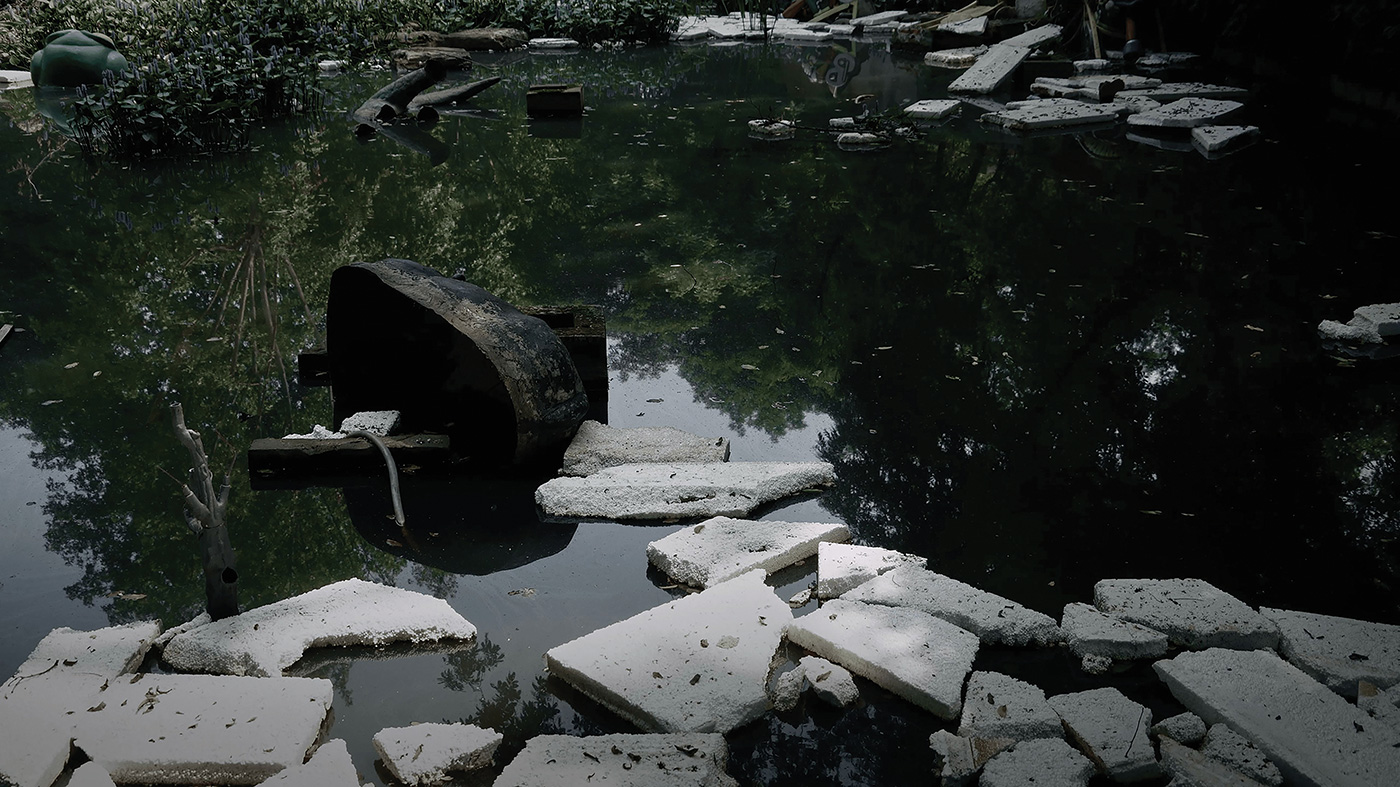Tianming Zhou
Gan Tang, The Lake
Doc. expérimental | 4k | couleur | 13:48 | Chine, USA | 2024
À l’été 2023, le gouvernement de Jiujiang a lancé le projet de dépollution du lac Gan Tang. En quelques semaines, ce lac ancestral, fort de plus de deux millénaires d’histoire, a été entièrement asséché. Non loin de là, dans le parc Gan Tang, un garçon se réveille sous la pluie. C’est là que le destin de Gan Tang l’attend.
ianming Zhou (Alaric) travaille avec des médias fondés sur l’image, le son et l’installation. Il explore les zones intermédiaires entre paysages physiques et paysages conceptuels. Ses œuvres ont été présentées notamment à Antimatter, Mimesis, Interfilm, Experiments in Cinema, Non-Syntax, Leiden Shorts, RPM Festival, entre autres.
